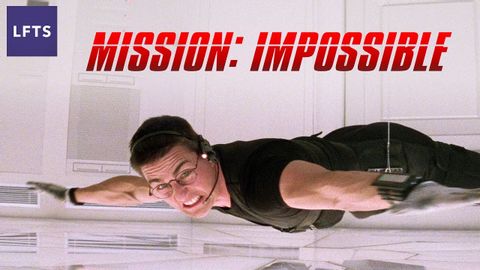ミッション.インポッシブル-完璧な強盗を実行する (Mission: Impossible - Executing the Perfect Heist)
Elizabeth Gao が 2021 年 01 月 14 日 に投稿  この条件に一致する単語はありません
この条件に一致する単語はありませんUS /ˈvʌlnərəbəl/
・
UK /ˈvʌlnərəbl/
- adj.攻撃されやすい;弱い : 脆弱な;傷つきやすい;説得されやすい;保護を必要とする : 弱い立場;批判されやすい;(ブリッジで)脆弱な
US /ɪnˈkrɛdəblɪ/
・
UK /ɪnˈkredəbli/
- adv.信じられないことに;信じられないほど;信じられないほど;驚くほど
- n. (c./u.)~へ行く手段;利用する機会;アクセス
- v.t.利用可能である : 使用許可を得る
- v.t./i.アクセス;アクセスする
エネルギーを使用
すべての単語を解除
発音・解説・フィルター機能を解除

